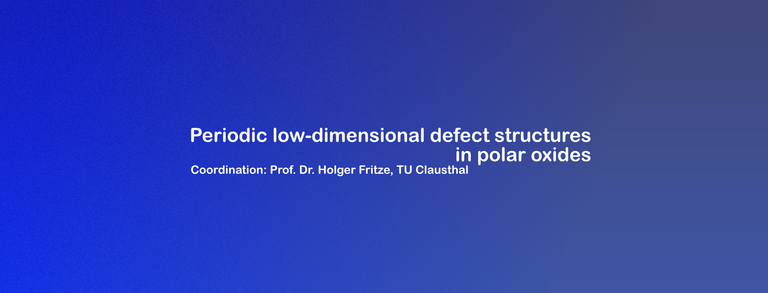Research unit
Periodic low-dimensional defect structures in polar oxides
The research unit is focused on systematic investigations of polar oxide lithium niobate-lithium tantalate (LiNb1-xTaxO3, LNT) solid solutions. Due to the miscibility over the entire compositional range as well as the tunable ferroelectric domain structure, they represent a model system for uncovering and application of novel phenomena in material science and physics. The exceptional thermal stability of the system, as well as the inherent point defects, domain structure, and their interaction open up a novel and broad range of emerging applications not only in high-temperature sensor and actuator technologies, but also in integrated acoustics and photonics. Examples include piezoelectric sensors that operate at elevated temperatures under harsh environments thereby contributing to efficient energy conversion and components for the domain wall electronics and optoelectronics.
The objective of this research unit is the determination, understanding, and correlation of defect chemistry, ionic and electronic transport, acoustic losses and optical properties over a wide range of temperatures, in particular, at high temperatures. Initially, a deep understanding of point defects in monodomain crystals with different compositions will be acquired, so that new insights into the key function of domain walls on point defects, atomistic transport, and the macroscopic crystal properties can be obtained. The emphasis is on materials science and physical issues, such as identification of dominating defects like polarons and charge transport in low-dimensional areas.
